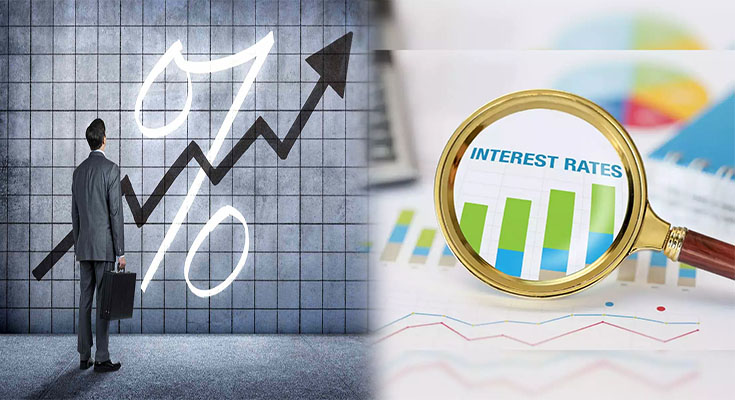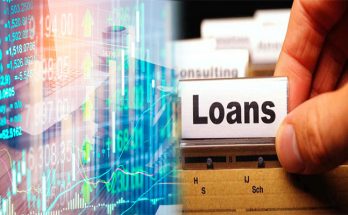Lending rates play a significant role in shaping the behavior of consumers and the overall economy. When lending rates are high, consumers may be deterred from borrowing and spending, which can have profound effects on economic growth. Conversely, lower lending rates can encourage borrowing and stimulate consumer spending, potentially boosting economic activity. In this article, we will explore the economic implications of lending rates on consumer spending and how they influence the broader economy.
Understanding Lending Rates
Lending rates, often set by central banks, are the interest rates at which financial institutions lend money to consumers and businesses. These rates determine the cost of borrowing and serve as a mechanism for regulating the flow of credit in an economy. Central banks adjust lending rates periodically to control inflation, stimulate economic growth, or maintain financial stability.
Impact on Consumer Borrowing and Spending
Lending rates have a significant impact on consumer borrowing and spending habits. When rates are high, borrowing becomes more expensive, leading to decreased borrowing and reduced consumer spending. High lending rates can discourage consumers from taking out loans or using credit cards, as the cost of repayment increases.
Conversely, lower lending rates make borrowing more affordable, enticing consumers to seek credit and spend more. With lower interest rates, consumers may be inclined to purchase big-ticket items like houses, cars, or luxury goods. This increased spending can have a cascading effect on the overall economy, driving demand for goods and services, creating jobs, and supporting economic growth.
Housing Market and Mortgage Rates
One of the critical areas impacted by lending rates is the housing market. Mortgage rates, which are directly influenced by lending rates, have a significant effect on homebuyers’ ability to afford and finance their purchases. Higher lending rates can make obtaining mortgages more expensive, potentially reducing demand for housing. This slowdown in the housing market can have a ripple effect on numerous industries, including construction, materials, and home furnishings.
Conversely, lower lending rates can spur housing demand, as more individuals can afford mortgages with lower monthly payments. This increased demand can drive up housing prices, leading to positive economic impacts such as job creation and increased consumer spending.
Implications for Economic Growth
The relationship between lending rates and consumer spending has broader implications for economic growth. Consumer spending is a major driver of economic activity, accounting for a significant portion of GDP in most countries. When lending rates are high, consumer spending typically decreases, potentially impacting businesses across industries. This reduction in spending can lead to a slowdown in economic growth, reduced job creation, and lower corporate profits.
On the other hand, lower lending rates can stimulate consumer spending, creating a positive impact on economic growth. Increased consumer spending generates demand for goods and services, prompting businesses to expand production and hire more workers. This cycle of increased spending and economic growth can have a lasting effect on the overall economy.
Government Intervention and Monetary Policy
Given the implications of lending rates on the economy, governments and central banks often utilize monetary policy tools to manage lending rates. Lowering rates during periods of economic weakness can stimulate borrowing and spending, providing a boost to the economy. Conversely, raising rates during periods of high inflation or asset price bubbles helps curb excessive borrowing and potential economic imbalances.
However, it’s important to strike a balance. While low lending rates can encourage borrowing and spending, excessively low rates can lead to excessive risk-taking, speculative bubbles, and inflationary pressures.
The economic implications of lending rates on consumer spending are multifaceted and deeply intertwined with the overall economy. High lending rates can discourage borrowing and limit consumer spending, potentially slowing economic growth. Conversely, lower lending rates can stimulate borrowing and consumer spending, driving economic activity. Understanding these dynamics allows policymakers to make informed decisions about monetary policy and helps consumers and businesses navigate the effects of lending rates on their spending and investment decisions.





